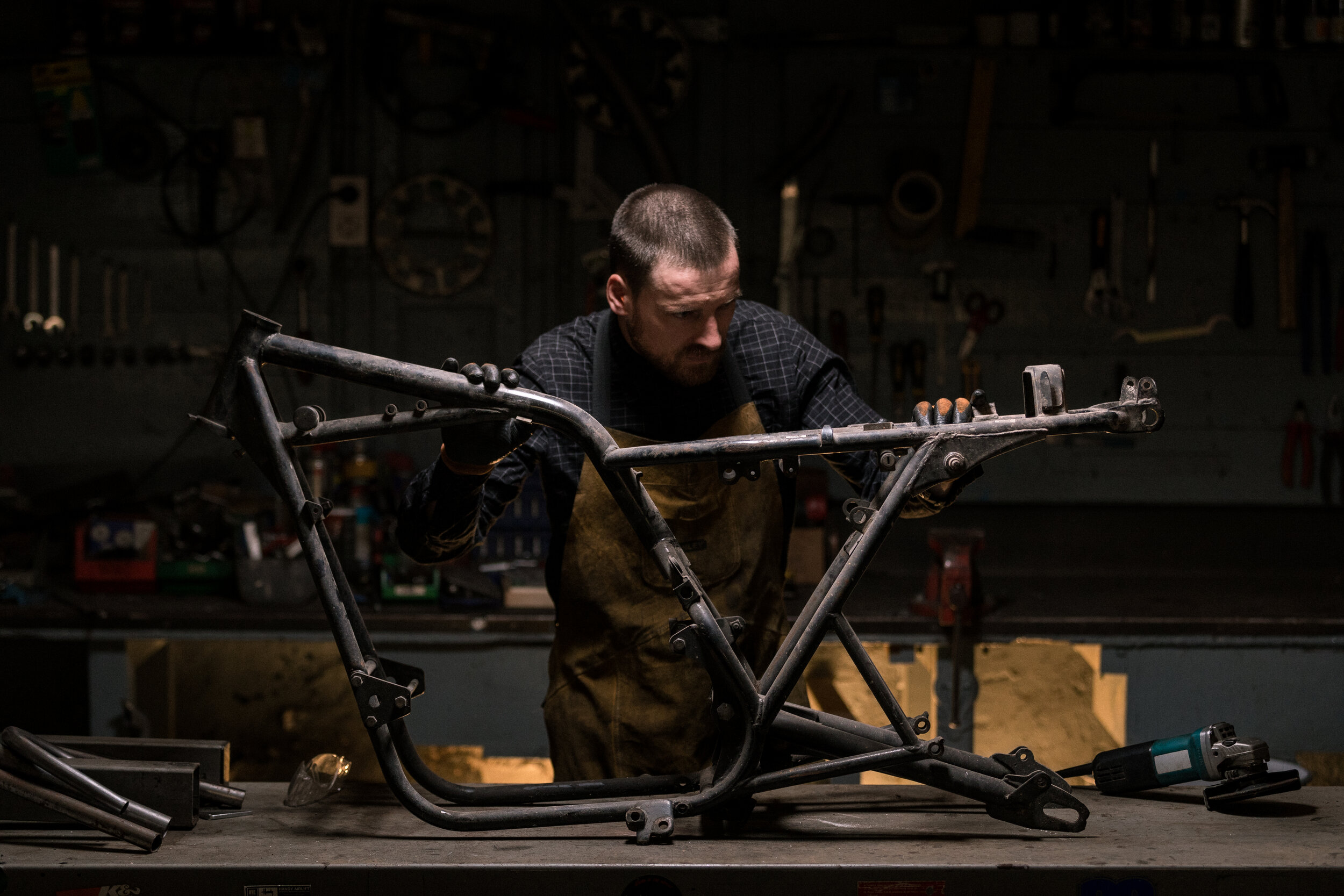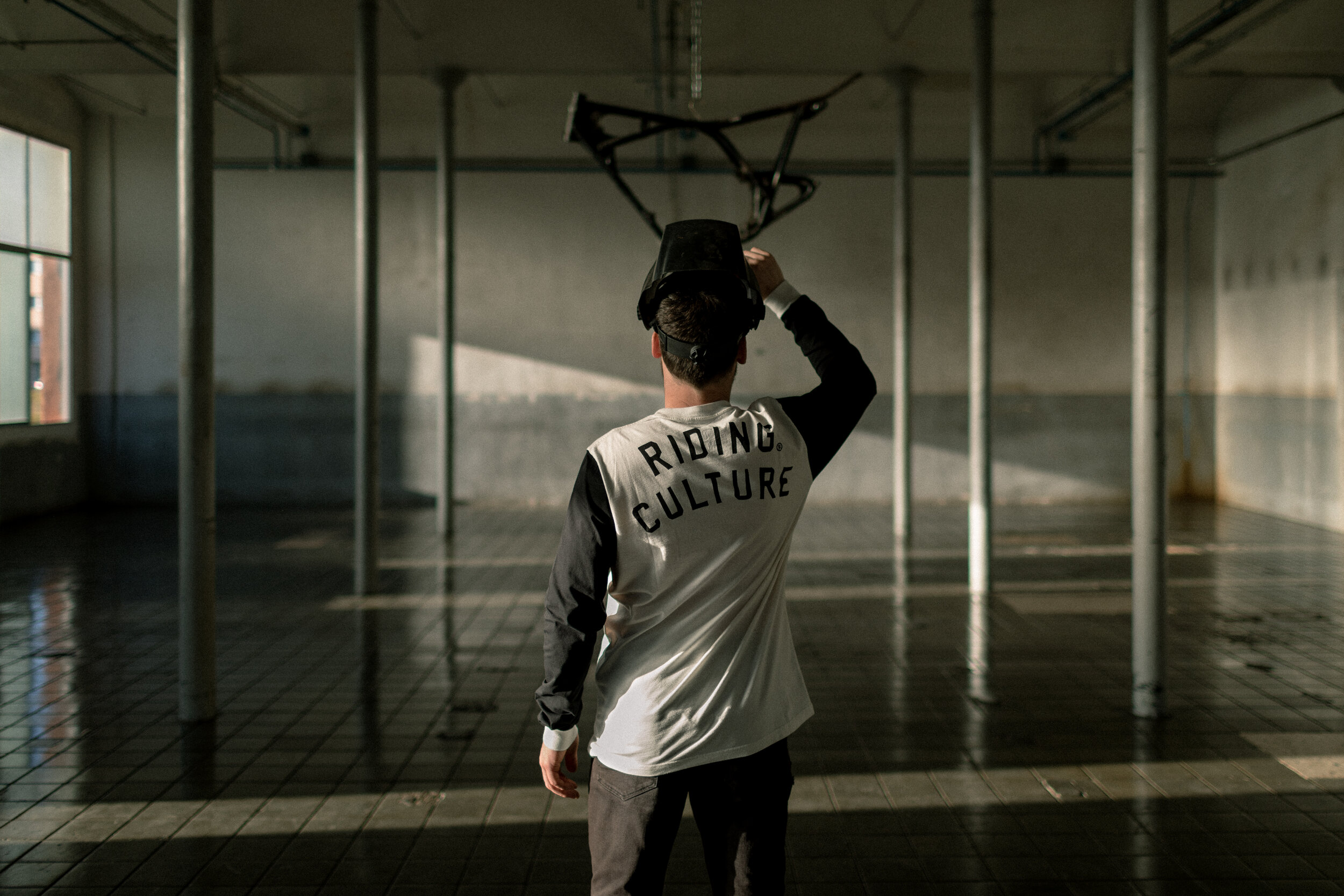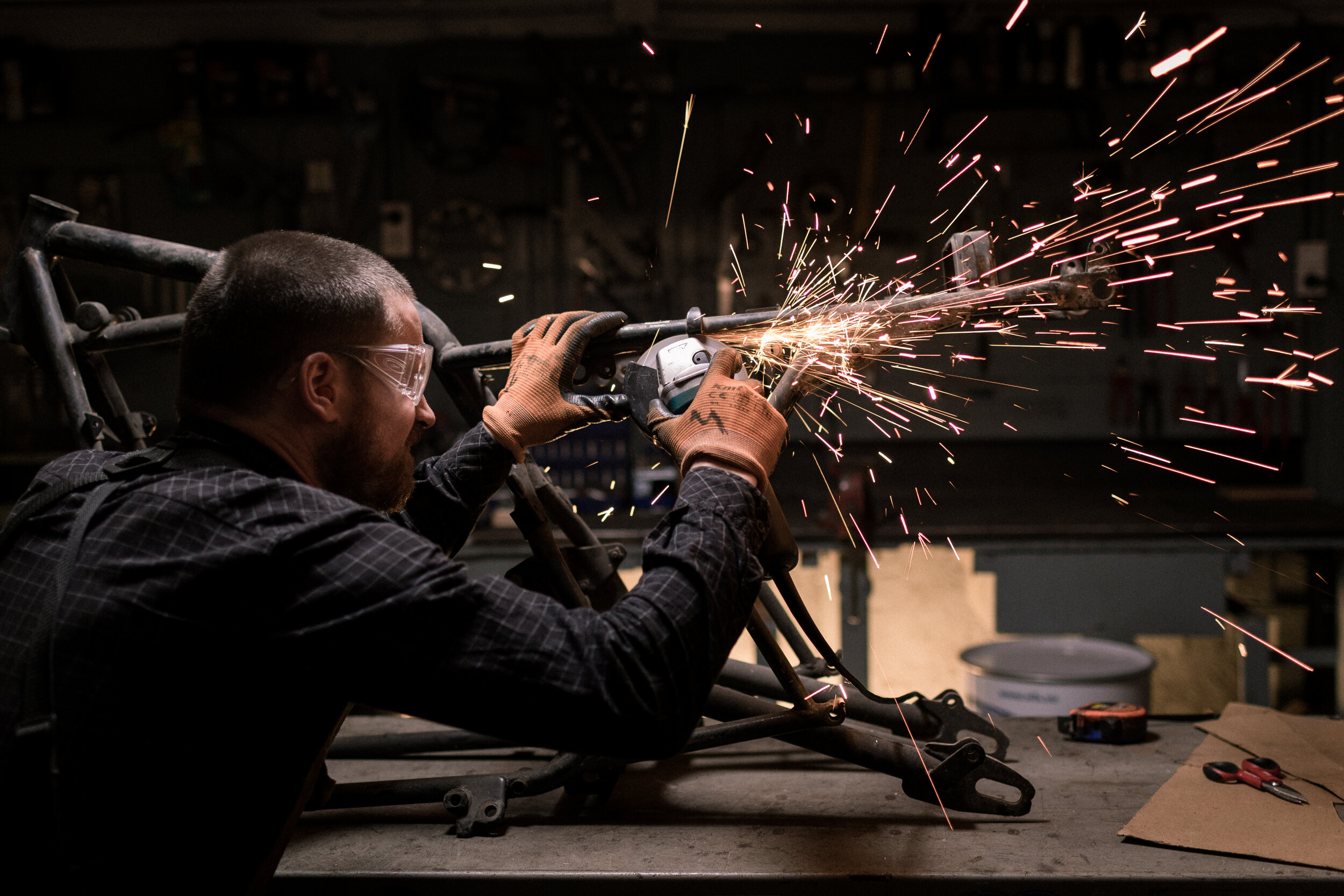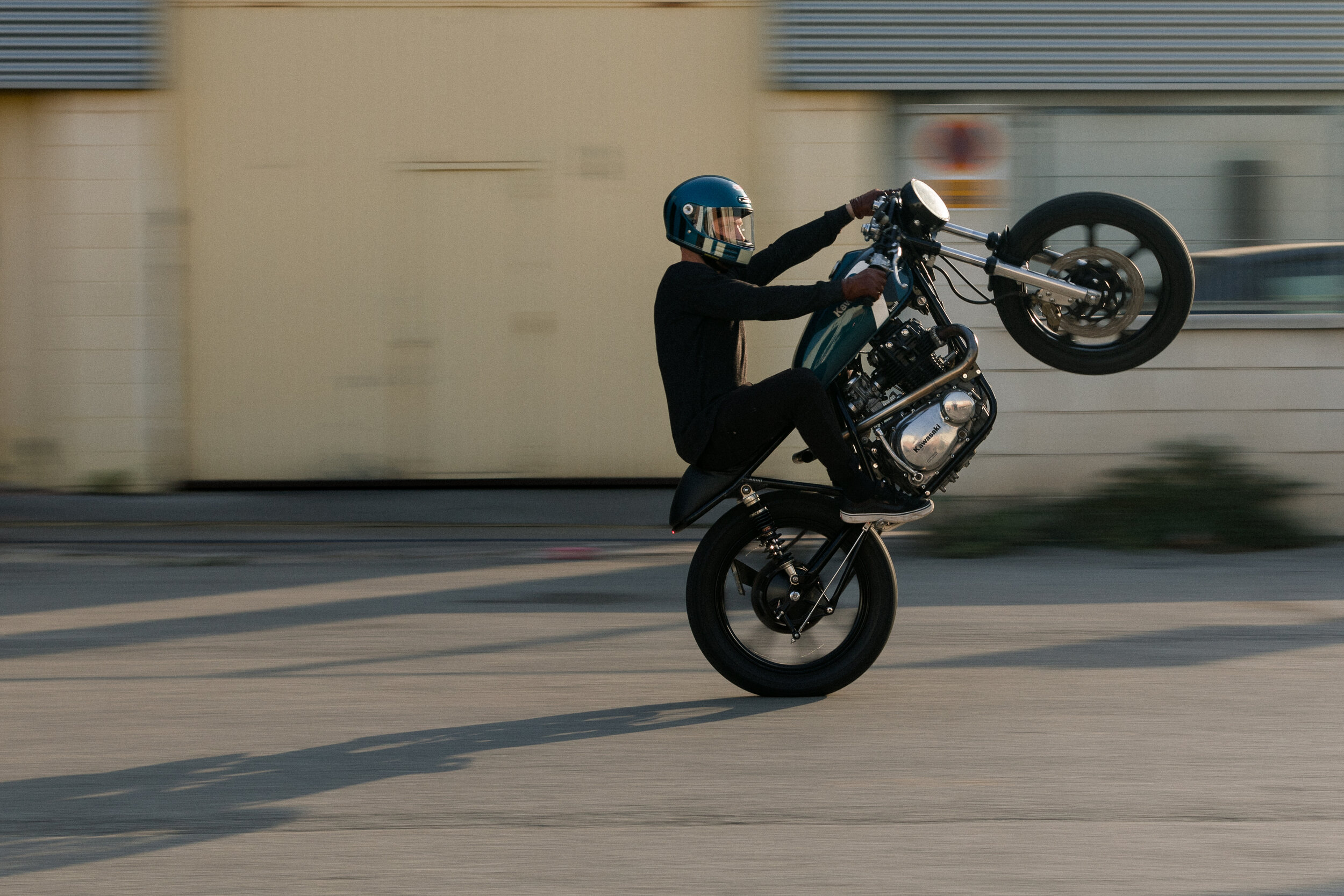An Ode to All That Lives and Grows
Words by sven signe den hartogh
Photography by Aaron Brimhall & Sheryl Crawford
Presented by REV’IT! | Directed by Ben Giese & sven signe den hartogh | Cinematography by David Chang & Daniel Fickle
I have always felt as if our relationship to Earth is more than pragmatic practice, academic understanding or aesthetic appreciation. But strangely, in our culture of rampant consumerism, overabundance, and endless information, there’s an overwhelming pressure to make constant progress and move ourselves forward toward an even greater dissonance from nature. We seem confused about our place in the world, and in the universe. We have paradoxically exchanged the genuine wonderment of our natural environment for illusory feelings of validation and happiness through social status and material possession.
So how do we rediscover the undeniable conviction we feel when faced with the miracle of life? How can we as humans relate to the incomprehensible beauty of the world, of which we are all a part?
We are inseparably connected with all that lives and grows, and we are each a small expression of a much greater whole. Like waves passing through the sea of existence. It’s crucial that we begin to understand our connection to the natural world, because that realization can help us to discover who we truly are and what we really need. It can open us up to experiencing true love, peaceful harmony and endless wonder.
























































